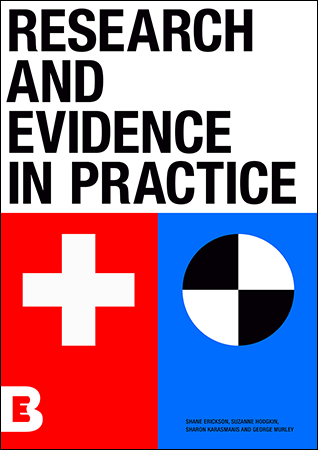Introduction
What is Evidence-Based Practice?
Evidence Based Practice (EBP) is "the use of best research evidence, along with clinical expertise, available resources, and the patient's preferences to determine the optimal management options in a specific situation" (Liamputtong, 2013, p. 453).
The 5 As
The EBP process is often described as a series of 5 steps. These steps are often given different names but all describe the following:
This main focus of this guide is on Ask & Acquire - formulate an answerable question and find the best evidence for your question.
| Ask | convert your information needs into an answerable clinical question |
| Acquire | find the best evidence to answer your clinical question |
| Appraise | critically appraise the evidence for it validity, impact and applicability |
| Apply | integrate the evidence with clinical expertise, the patient's values and circumstances, and information from the practice context |
| Assess | evaluate the effectiveness and efficiency with which steps 1-4 were carried out and think about ways to improve your performance of them next time |
Hoffmann, T. (2013). Evidence-based practice across the health professions (2nd ed.). Chatswood, N.S.W. : Elsevier Australia, pp.7-11.
Featured textbook
-
 Research and evidence in practice
Introduction to the use of research-based evidence in professional health-care practice. Written by La Trobe University academics.
Research and evidence in practice
Introduction to the use of research-based evidence in professional health-care practice. Written by La Trobe University academics.
Learn more
-
Introduction to Evidence Based PracticeSelf paced online tutorial by the Medical Center Library at Duke University and the Health Sciences Library at the University of North Carolina at Chapel Hill.
-
Practical evidence-based physiotherapy (3rd ed.) by
ISBN: 9780323848398
- Use Library Search to find more resources.